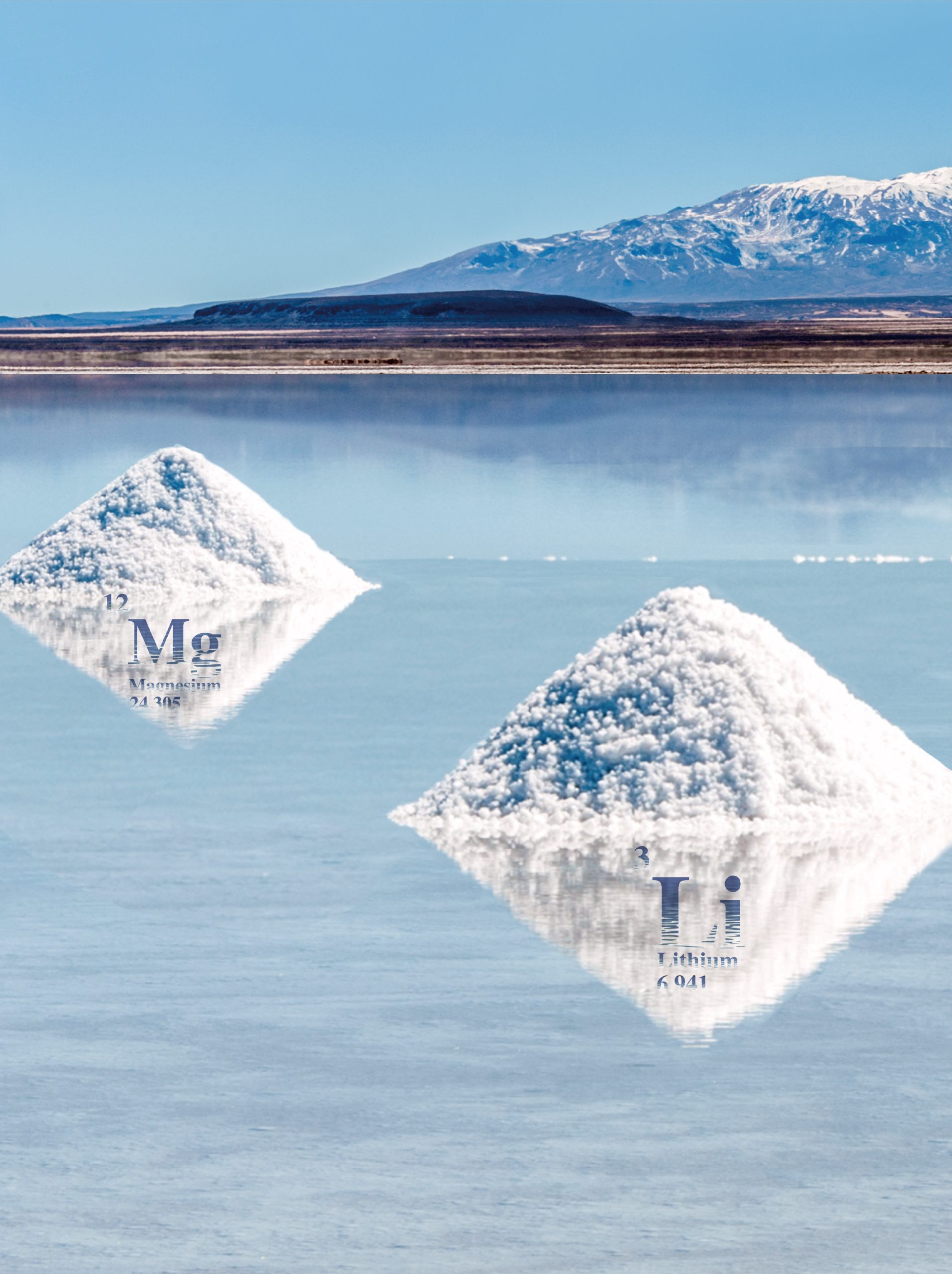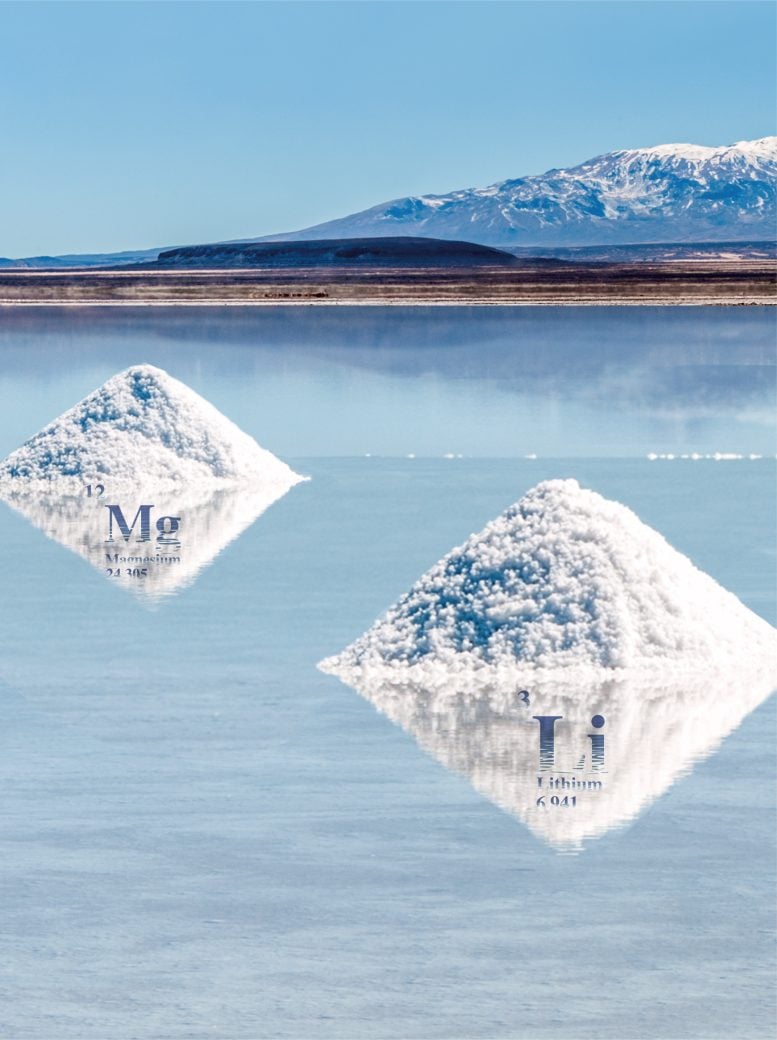

Lithium can now be extracted directly from previously untapped extreme environments.
The demand for lithium, essential for powering sustainable technologies, is rising quickly, yet current methods leave up to 75% of the world’s lithium-rich saltwater sources inaccessible.
With some predicting global lithium supply could fall short of demand as early as 2025, the innovative technology – EDTA-aided loose nanofiltration (EALNF) – sets a new standard in lithium processing. The technology uniquely extracts both lithium and magnesium simultaneously, unlike traditional methods that treat magnesium salts as waste, making it smarter, faster and more sustainable.
The work, co-led by Dr Zhikao Li, from the Monash Suzhou Research Institute and the Department of Chemical and Biological Engineering, and Professor Xiwang Zhang from the University of Queensland, promises to meet the surging demand for lithium and paves the way for more sustainable and efficient extraction practices.
Studies undertaken on brines from China’s Longmu Co Lake and Dongtai Lake, published in Nature Sustainability, demonstrate how the innovative method could efficiently extract lithium from low-grade brines with high magnesium content. At the heart of the innovation is a type of nanofiltration that uses a selective chelating agent to separate lithium from other minerals, especially magnesium, which is often present in brines and difficult to remove.
Advantages in Harsh Conditions
“High-altitude salt brine flats in countries like China (Tibet and Qinghai) and Bolivia are examples of areas with tougher brine conditions that have traditionally been ignored. In remote desert areas, the vast amounts of water, chemicals, and infrastructure required for conventional extraction just aren’t available either, underscoring the need for innovative technologies,” Dr Li said.
“With Monash University’s EALNF technology, these can now be commercially viable sources of lithium and valuable contributors to the global supply chain. Our technology achieves 90 percent lithium recovery, nearly double the performance of traditional methods, while dramatically reducing the time required for extraction from years to mere weeks.”
The technology also turns leftover magnesium into a valuable, high-quality product that can be sold, reducing waste and its impact on the environment.
Beyond its advanced efficiency, the EALNF system brings innovation to address major environmental concerns associated with lithium extraction. Unlike conventional methods that deplete vital water resources in arid regions, the technology produces freshwater as a by-product.
Dr Li said the system was flexible and ready for large-scale use, meaning it can quickly expand from testing to full industrial operations.
“This breakthrough is crucial for avoiding a future lithium shortage, making it possible to access lithium from hard-to-reach sources and helping power the shift to clean energy.”
Reference: “Sustainable lithium extraction and magnesium hydroxide co-production from salt-lake brines” by Ming Yong, Meng Tang, Liangliang Sun, Fei Xiong, Lei Xie, Gaofeng Zeng, Xiaoqiong Ren, Ke Wang, Yuan Cheng, Zhikao Li, Enchao Li, Xiwang Zhang and Huanting Wang, 22 October 2024, Nature Sustainability.
DOI: 10.1038/s41893-024-01435-2